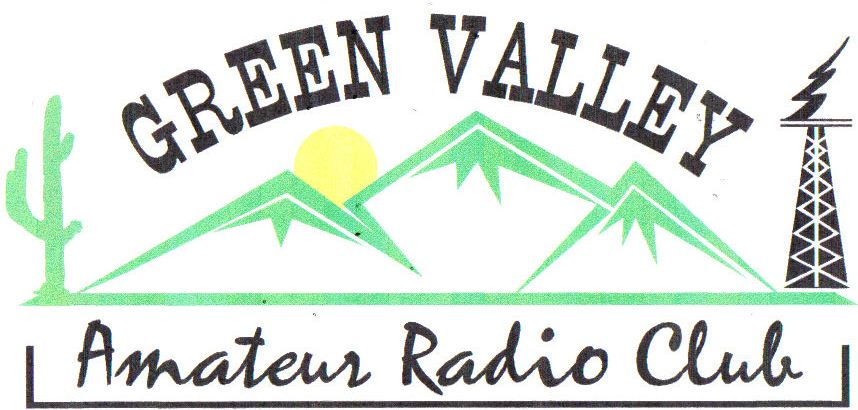
|
Magnetic Loop project members Roger, W5IP, John, KL7CY, and project leader Bruce, K3BAT. A TV tripod and a wood mast were used for support. For low electrical resistance a 13 foot piece of hardline was used for the loop. A piece of plywood cut out to reduce wind resistance was used for the mount with the loop tie wrapped to it.
|